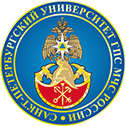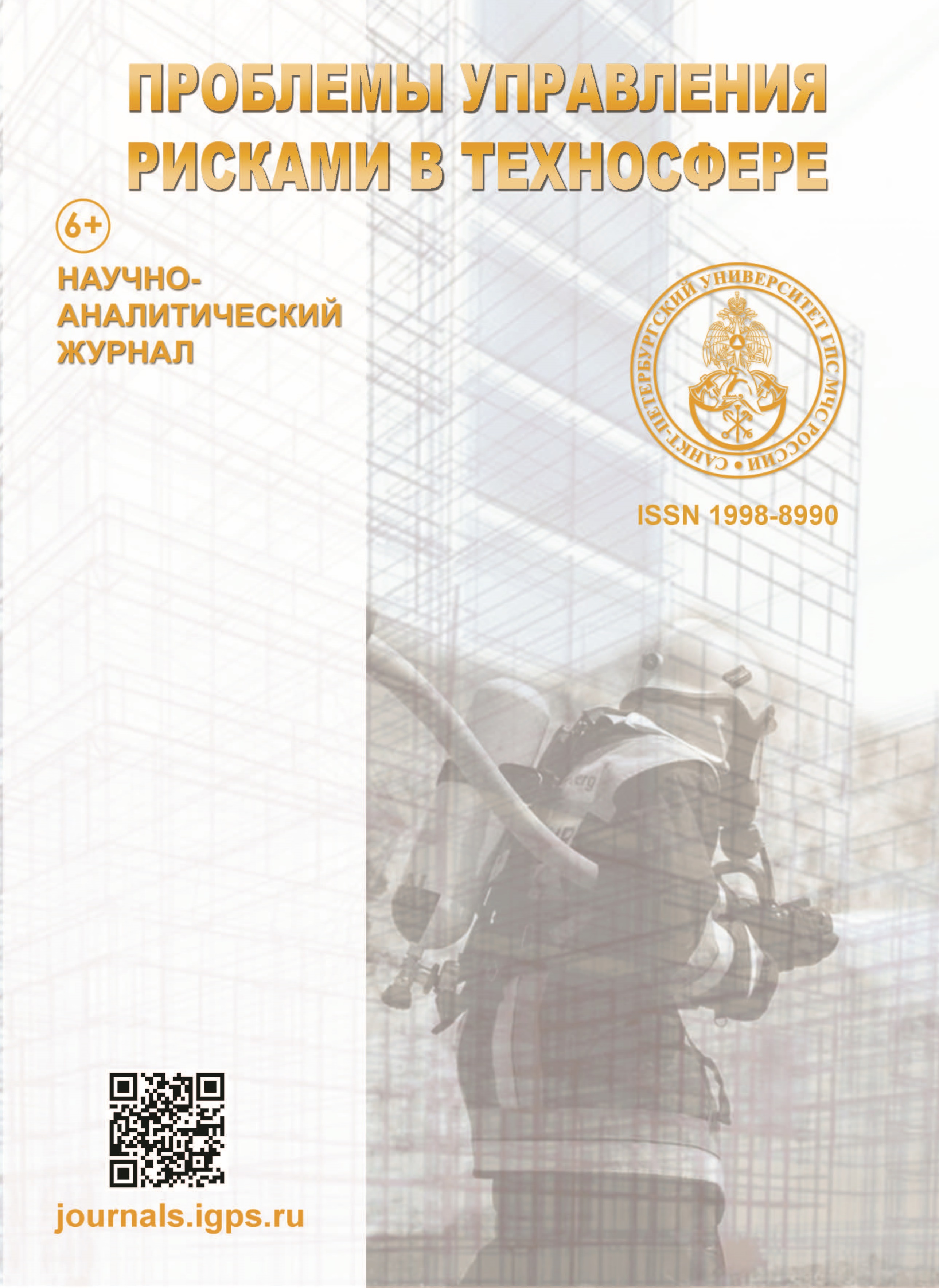Russian Federation
Russian Federation
Russian Federation
UDC 678
Corrosion of metals and pipelines is a serious problem causing significant economic losses. In addition to electrochemical corrosion, biological corrosion caused by microorganisms is becoming more common. The use of corrosion-resistant materials, protective coatings, electrochemical protection and corrosion inhibitors have a great influence on reducing the rate of corrosion propagation. The purpose of the study was to create an effective corrosion inhibitor that can replace imported analogues and provide reliable protection of metal surfaces of the pipeline from corrosion. The experimental method was used to obtain the results of the study. The data obtained during the study show the presence of high anti-corrosion activity of the synthesised compound. The conducted research opens wide prospects for further improvement and implementation of the developed inhibitor in various industries, contributing to the efficiency of production processes and ensuring fire safety.
fire safety, corrosion, pipeline, inhibitor, sodium polyacrylate, corrosion rate
1. Ingibitory korrozii (obzor) / L.S. Kozlova [i dr.] // Aviacionnye materialy i tekhnologii. 2015. № 2. S. 67–75.
2. Hajdarova G.R. Ingibitory korrozii dlya zashchity neftepromyslovogo oborudovaniya // Sovremennye problemy nauki i obrazovaniya. 2014. № 6.
3. Energy Coupling to Nitrite Respiration in the Sulfate-Reducing Bacterium Desulfovibrio Gigas / L.L. Barton [et al.] // Journal of Bacteriology. 1983. Vol. 153. № 2. P. 867–871. DOI:https://doi.org/10.1128/jb.153.2.867-871.1983.
4. Dedov S.S., Emel'yanov V.V., Shatilo S.P. O vnutrennej korrozii truboprovodov – prichinah, mekhanizme i sposobah zashchity // Opyt, aktual'nye problemy i perspektivy razvitiya neftegazovogo kompleksa: materialy mezhdunar. nauch.-prakt. konf. obuchayushchihsya, aspirantov i uchenyh. 2016. № 2. S. 130–140.
5. Serebryakov A.N. Korroziya neftepromyslovogo oborudovaniya i meropriyatiya protivokorrozionnoj zashchite na neftyanom mestorozhdenii Karakuduk (Zapadnyj Kazahstan) // Vestnik Rossijskogo universiteta druzhby narodov. 2017. T. 18. № 2. S. 174–181.
6. The Effect of Microstructure on Microbiologically Influtoenced Corrosion / D. Walsh [et al.] // JOM. 1993. Vol. 45. P. 22–30. DOI:https://doi.org/10.1007/BF03222429.
7. Issledovanie vliyaniya sul'fatvosstanavlivayushchih bakterij na korrozionnye svojstva magistral'nyh truboprovodov / L.H. Zaripova [i dr.] // Neftegazovoe delo. 2022. № 4. S. 46–68.
8. Reshetnikov S.M. Ingibitory kislotnoj korrozii metallov. L.: Himiya, 1986. 144 s.
9. Grishin D.F., Grishin I.D. Sovremennye metody kontroliruemoj radikal'noj polimerizacii dlya polucheniya novyh materialov s zadannymi svojstvami Elektronnoe uchebnoe posobie. N. Novgorod: Nizhegorodskij gos. un-t, 2010. 48 s.
10. Georges V., Kazmeier H. Free Radical Polymerization // Macromolecules. 1993. Vol. 26. P. 5316.
11. Kompozicii na osnove akrilatnyh sopolimerov i fullerenov / M.V. Uspenskaya [et al.] // Zhurnal prikladnoj himii. 2006. T. 79. № 5. C. 870–872.







